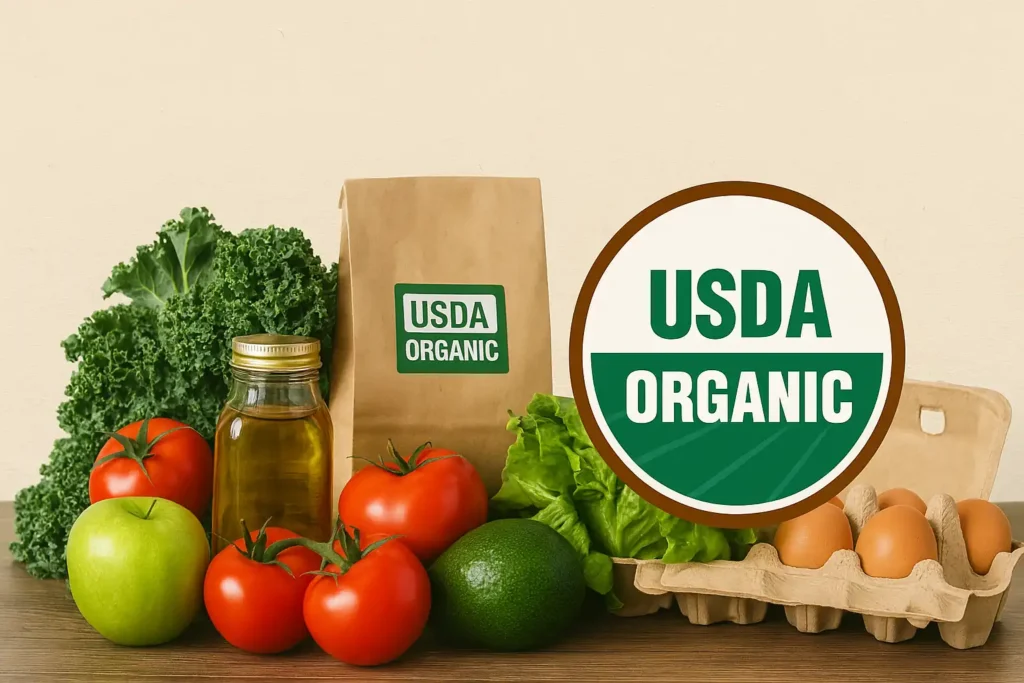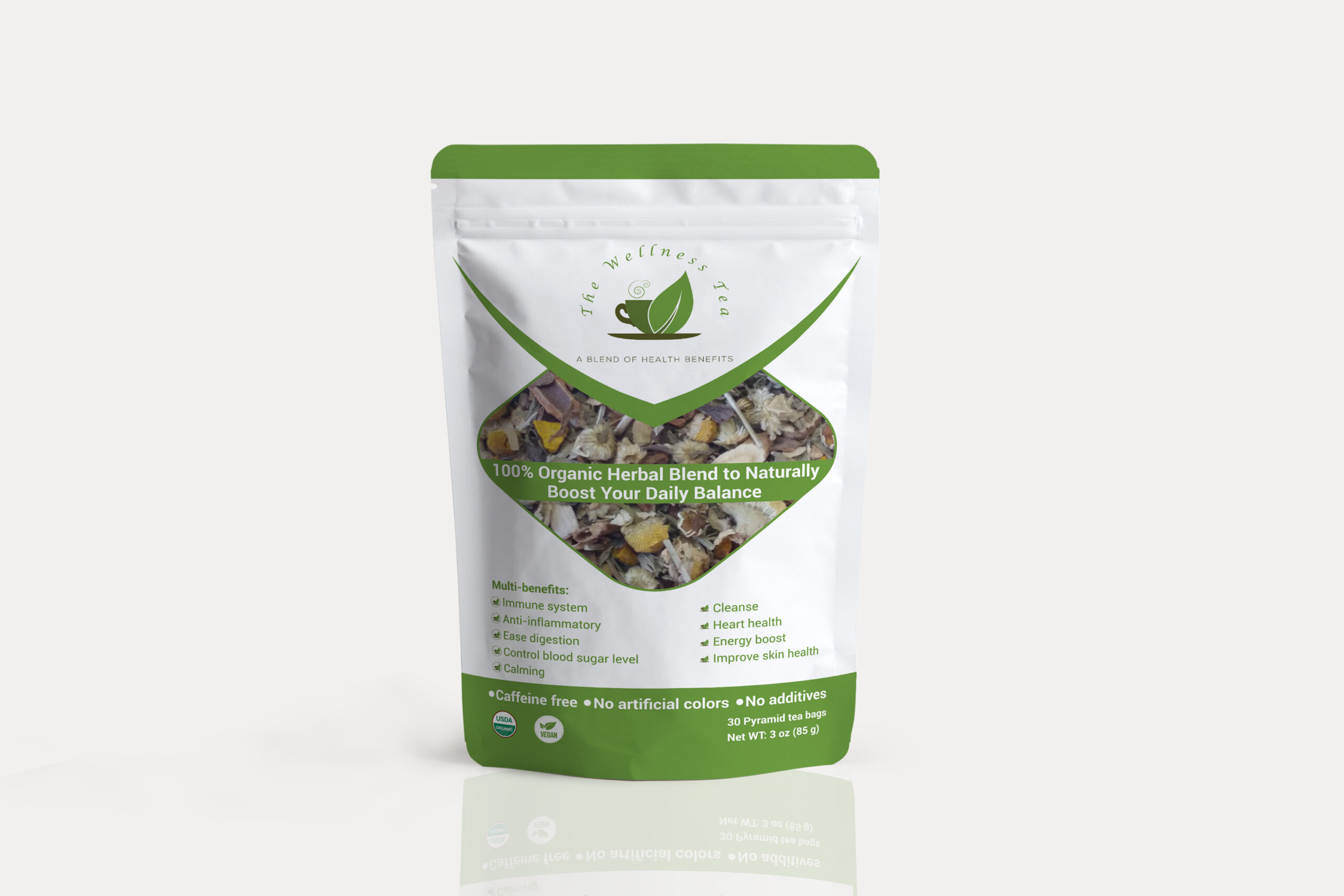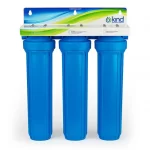
Walk through any modern grocery store, and it’s impossible to miss the organic labels. They’re on apples, milk, crackers, and even frozen pizza. But is the higher price tag actually buying you something better—or just better marketing?
Organic food sales have surged in the last decade, often touted as healthier, more ethical, and more sustainable. But before you drop an extra 30 to 50 percent on that organic chicken or kale, let’s break down what the label actually promises—and what it doesn’t.

The USDA Organic food label is the gold standard in American organic certification. It means that the product has been produced without synthetic fertilizers, most pesticides, antibiotics, growth hormones, or genetically modified organisms (GMOs). In theory, it’s meant to guarantee that your food is cleaner, greener, and raised with stricter oversight.
But while the USDA Organic label sets a high bar for how food is grown, it doesn’t always guarantee a measurable difference in nutrition. Numerous studies have found little to no consistent advantage in vitamin or mineral content between organic and conventionally grown produce. The biggest documented difference is pesticide exposure, which tends to be lower in organic foods.
What does this mean for your health? If you’re concerned about long-term exposure to chemical residues—especially for young children, pregnant women, or individuals with sensitivities—organic can be a safer bet. It’s also worth considering when buying meat, eggs, or dairy, since toxins can accumulate in animal fat. Organic animal products avoid growth hormones and preventive antibiotics, which some consumers see as a win for both personal health and public resistance to superbugs.
However, that peace of mind comes with a steep cost. In a time of record inflation, organic food may not be feasible for every household. This makes knowing when to buy organic—and when you can skip it—especially important.
If you’re on a budget, focus your organic dollars on the “Dirty Dozen,” a list of produce that tends to have the most pesticide residue when grown conventionally. Leafy greens, berries, apples, and bell peppers often top that list. Items with thick skins like avocados, bananas, and onions are safer to buy non-organic.
At the end of the day, the USDA Organic food label reflects a commitment to environmental responsibility and lower chemical use—not a guarantee of superior nutrition. Whether it’s worth it depends on your values, your health concerns, and your wallet.
For some shoppers, it’s a non-negotiable. For others, it’s a luxury. But for most, it’s a balancing act—choosing where organic really matters and where conventional still gets the job done.

Maria Thompson is a health blogger who enjoys writing on her website. Maria has always had an interest in medicine, and she hopes to become a doctor one day. She loves reading about medical discoveries, especially when they are for rare conditions that don’t have much research yet. She also likes exploring the science behind different diets and nutrition programs.







